There’s plenty of interest in the new Previews catalog, as befits that Hallmark Holiday known as “Manga Month,” so let’s dive right in.
Dark Horse celebrates the month in style, though it passes on the Manga Month logo. Still, they’re releasing the first volume of their omnibus treatment of CLAMP’s beloved Cardcaptor Sakura, and this excites me immoderately. I thought Dark Horse did an absolutely beautiful job with their Clover omnibus, so this qualifies as the month’s “must buy.” (Page 51.)
 CMX will release Miku Sakamoto’s Nadeshiko Club, a shôjo series from Hakusensha’s Hana to Yume, which is a well-known crack mine. (Personally, I find series from Hakusensha’s LaLa slightly crack-ier, but that’s just a matter of personal preference.) This one spins out of the possibly sexist premise of a girl getting dumped for being insufficiently feminine and joining her school’s home economics club to girl up. CMX has demonstrated excellent taste in shôjo, so this one goes right on the “to buy” list. Rando thought: Hakusensha’s trade dress is really boring. (Page 126.)
CMX will release Miku Sakamoto’s Nadeshiko Club, a shôjo series from Hakusensha’s Hana to Yume, which is a well-known crack mine. (Personally, I find series from Hakusensha’s LaLa slightly crack-ier, but that’s just a matter of personal preference.) This one spins out of the possibly sexist premise of a girl getting dumped for being insufficiently feminine and joining her school’s home economics club to girl up. CMX has demonstrated excellent taste in shôjo, so this one goes right on the “to buy” list. Rando thought: Hakusensha’s trade dress is really boring. (Page 126.)
Hey, you like Adam Warren’s Empowered, right? He’s writing a one-shot for Marvel, Galacta: Daughter of Galactus, with interior art by Hector Sevilla Lujan and a cover by Warren. I’ll buy anything from Warren, but this does raise the question: who’s this girl’s mother? I really love Warren’s renderings of Marvel stalwarts from the cover image. (Marvel’s insert, page 31.)
Okay, so maybe Cardcaptor Sakura has some competition for book of the month, as Fanfare/Ponent Mon finally releases Korea as Viewed by 12 Creators. “Twelve insightful short graphic stories into the ‘Hermit Kingdom,’ six by European and six by indigenous creators,” the publisher notes. They’re also offering Japan as Viewed by 17 Creators again, so if you’re sick of hearing people recommend it and not being able to find a copy, now’s your chance. (Page 251.)
 I’ve liked some comics written by Kathryn Immonen, and I think Stuart Immonen is a terrific artist. They collaborate to explore a potentially fascinating story in Moving Pictures (Top Shelf): “During World War II the Nazis pillaged much of Europe’s great art collections. Museum curator Ila Gardner and SS officer Rolf Hauptmann are forced by circumstances to play out an awkward and dangerous relationship in a public power struggle.” Sounds like a winner to me. (Page 292.)
I’ve liked some comics written by Kathryn Immonen, and I think Stuart Immonen is a terrific artist. They collaborate to explore a potentially fascinating story in Moving Pictures (Top Shelf): “During World War II the Nazis pillaged much of Europe’s great art collections. Museum curator Ila Gardner and SS officer Rolf Hauptmann are forced by circumstances to play out an awkward and dangerous relationship in a public power struggle.” Sounds like a winner to me. (Page 292.)
 Cats and comfort food sound like an extremely promising combination, so I’ll take a chance on the first volume of Kenji Sonishi’s Neko Ramen: Hey! Order Up! (Tokyopop). It’s about a “former kitten model” (an actual kitten, apparently, so be at ease) who leaves celebrity behind to become a ramen cook. The only possible down side to this is that it’s a manga based on an anime, which sometimes has mixed results. (Page 297.)
Cats and comfort food sound like an extremely promising combination, so I’ll take a chance on the first volume of Kenji Sonishi’s Neko Ramen: Hey! Order Up! (Tokyopop). It’s about a “former kitten model” (an actual kitten, apparently, so be at ease) who leaves celebrity behind to become a ramen cook. The only possible down side to this is that it’s a manga based on an anime, which sometimes has mixed results. (Page 297.)
I don’t actually think Kumiko Suekane’s Afterschool Charisma is a good comic, but I find it addictively ridiculous. Viz has been serializing the tale of clones of famous historical figures on its SigIKKI site, and now it’s releasing a print version. It’s probably worth the price of purchase just for the thrill of watching the clone of Sigmund Freud torment his classmates. “Daddy. Daddy. Daddy!” (Page 303.)
 You all already known how awesome librarians are, right? But did you know that there’s an action-packed shôjo manga that celebrates that awesomeness? It’s Kiiro Yumi’s Library Wars: Love and War, original concept by Hiro Arikawa, and Viz will release the first volume: “In the near future, the federal government creates a committee to rid society of books it deems unsuitable. The libraries vow to protect their collections, and with the help of local governments, form a military group to defend themselves – the Library Forces!” SOLD. This is an example of the crack-iness of Hakusensha’s LaLa anthology. See what I mean about the trade dress? (Page 305.)
You all already known how awesome librarians are, right? But did you know that there’s an action-packed shôjo manga that celebrates that awesomeness? It’s Kiiro Yumi’s Library Wars: Love and War, original concept by Hiro Arikawa, and Viz will release the first volume: “In the near future, the federal government creates a committee to rid society of books it deems unsuitable. The libraries vow to protect their collections, and with the help of local governments, form a military group to defend themselves – the Library Forces!” SOLD. This is an example of the crack-iness of Hakusensha’s LaLa anthology. See what I mean about the trade dress? (Page 305.)
If Cardcaptor Sakura isn’t quite enough CLAMP for you, Yen Press accommodates with the first two volumes of the super-group’s Kobato. It’s about a girl who tries to have a wish granted by mending the wounded hearts of people she meets and “fill a magical bottle with the suffering she has relieved.” This sounds like the kind of CLAMP manga that can be injected directly into a vein. (Page 308.)
Oh, and that Twilight graphic novel is due. (Page 309.)
 And there are plenty of new volumes of noteworthy series:
And there are plenty of new volumes of noteworthy series:
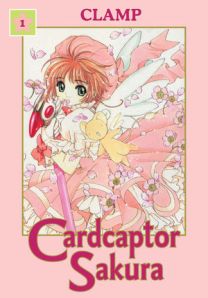


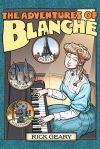

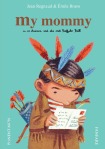
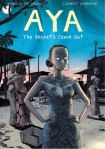




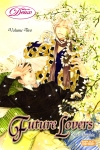


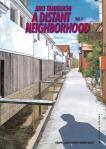
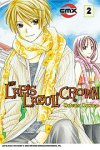
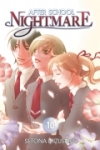
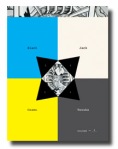
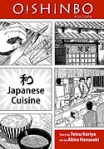


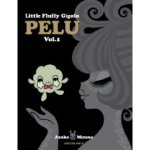
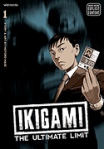
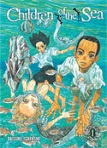
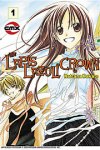

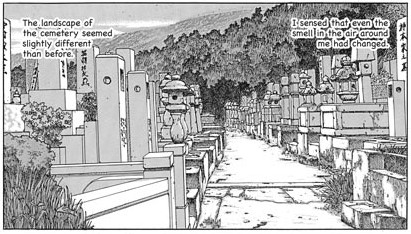

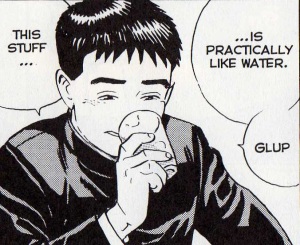

Upcoming 11/25/2009
Time for a look at this week’s ComicList:
Fanfare/Ponent Mon delivers two titles this week. There’s the second and final volume of Jiro Taniguchi’s A Distant Neighborhood, which I reviewed here. It’s very likable stuff, beautifully drawn by Taniguchi.
I’m intrigued by This Ugly Yet Beautiful World just based on its title. It’s a manga adaptation by Ashita Morimi of an apparently popular anime by Gainax/Konomini Project. It sounds like your standard “dweebs meet amnesiac space princess” fare, but it’s got a great title. (Seriously, does Japan have an agency that deals with amnesiac space princesses? They could use one.)